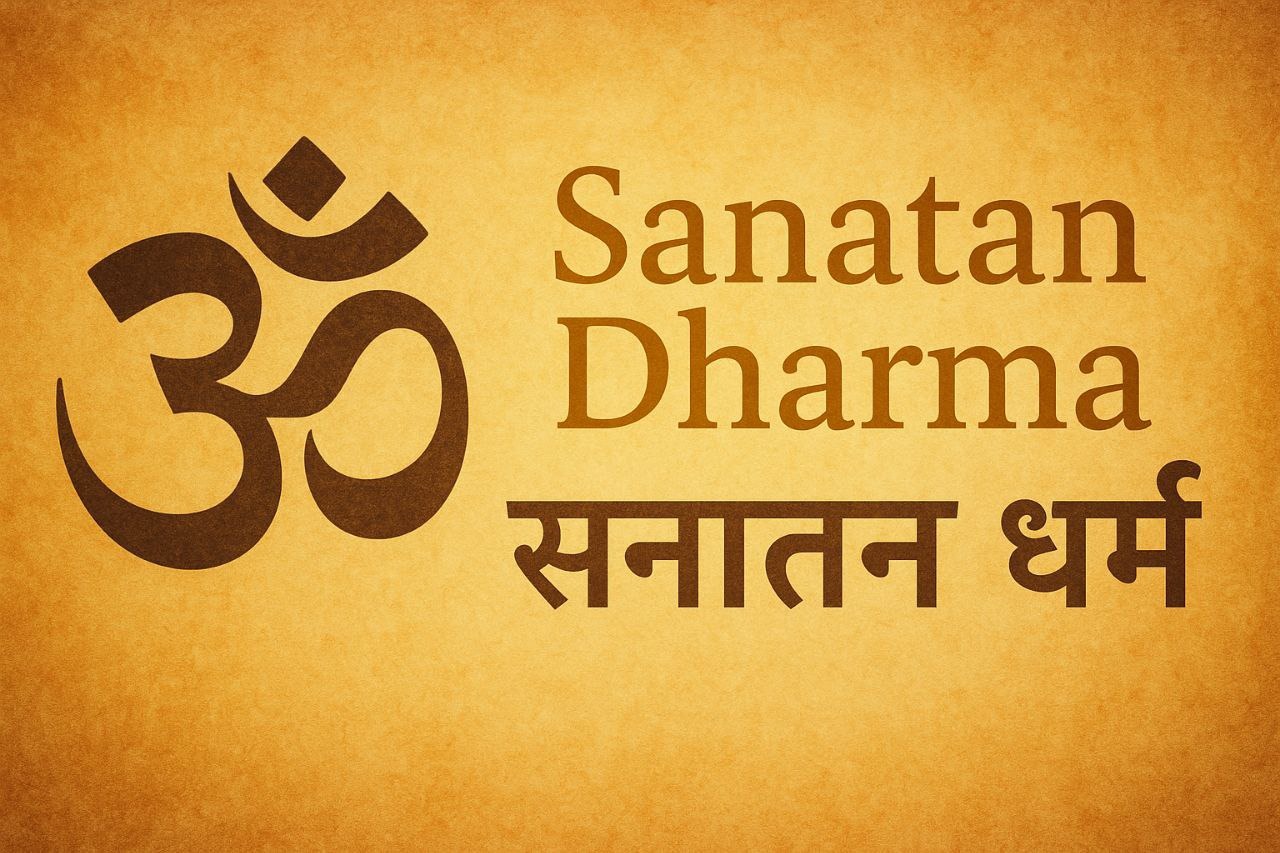Upaniṣads ~ Gateways to Ātman

Sanatan Dharma, the eternal way, has produced some of the most intellectually vibrant and spiritually elevating scriptures known to humanity. Among these, the Upaniṣads stand as luminous beacons that guide a seeker beyond rituals and dogmas into the innermost sanctum of Self-realization.
The word Upaniṣad is derived from three Sanskrit roots:
Upa (near), ni (down), and ṣad (to sit) ~ meaning to sit down near the teacher to receive esoteric spiritual instruction. More than just texts, they represent the intimate dialogues between a master and a disciple, pregnant with the fragrance of truth, silence, and pure awareness.
“The Upaniṣads are not just scriptures; they are revelations of the soul about the Soul.” ~ Adarsh Singh
From Rituals to Realization
The Upaniṣads appear at the end of the Vedas and are often referred to as Vedānta, meaning the culmination or essence of Vedic wisdom. While the earlier portions of the Vedas focused on elaborate sacrifices and rituals to appease deities and gain worldly prosperity, the Upaniṣads shift the focus inward, from outer fire to inner light.
“In the silence between the words of the Upaniṣads, the soul remembers its source.” ~ Adarsh Singh
They ask profound questions:
Who am I?
What is the nature of this universe?
What is the reality behind the ever-changing world?
These are not theoretical inquiries but existential quests meant to trigger awakening.
Core Teachings of the Upaniṣads
1. Ātman is Brahman:
The Upaniṣads declare that the individual soul (Ātman) is not separate from the supreme reality (Brahman). This is not just philosophy, but direct realization ~ Tat Tvam Asi (“Thou art That”) being one of its core proclamations.
2. Neti Neti (Not this, not this):
Reality is not what appears to the senses. The Upaniṣadic method of negation helps the seeker peel away all identifications, body, mind, emotions, intellect, to discover the Self that is beyond them.
3. Unity of Existence:
All is interconnected and rooted in the One. There is no duality. The seer, the seen, and the seeing are one.
4. Inner Guru:
While teachers are important, the Upaniṣads also emphasize turning within. The real teacher is within, the Self teaches the self.
Major Upaniṣads Worth Exploring
There are over 200 Upaniṣads, but a select group of about 10 - 13 are considered principal or mukhya Upaniṣads:
Īśā Upaniṣad ~ Harmony between renunciation and enjoyment.
Kena Upaniṣad ~ Who drives the mind, breath, and speech?
Kaṭha Upaniṣad ~ Dialogue between Nachiketa and Yama (God of Death).
Muṇḍaka Upaniṣad ~ Two birds on a tree; the eternal and the enjoyer.
Chāndogya & Bṛhadāraṇyaka Upaniṣads ~ Among the oldest and most voluminous; full of rich metaphors.
“When you read the Upaniṣads with a silent heart, the words become doors to infinity.” ~ Adarsh Singh
Why the Upaniṣads Still Matter
They liberate from the illusions of birth and death.
They unify all forms of worship and philosophy into one essence.
They invite contemplation, not just belief.
They provide a science of consciousness, the original inquiry into the observer behind all observations.
In an age overwhelmed with information, the Upaniṣads remind us to turn toward wisdom. Where the world demands more speed, they offer stillness. Where the world celebrates accumulation, they offer renunciation.
“The Upaniṣads are not meant to be worshipped but lived. Not chanted mechanically, but meditated upon with reverence.” ~ Adarsh Singh
Wed Jul 23, 2025
